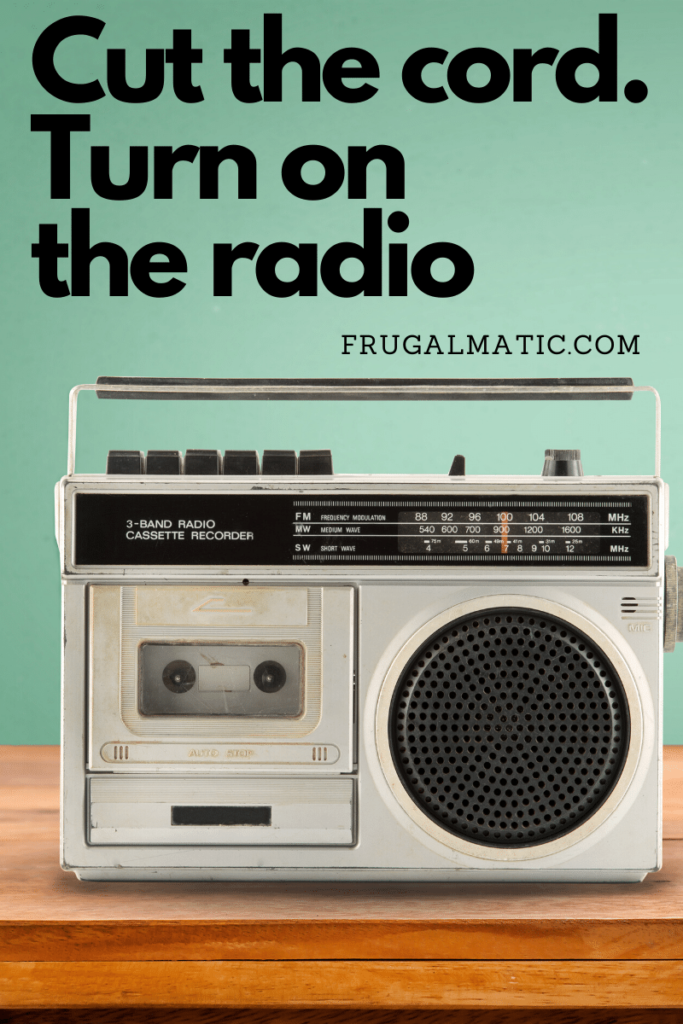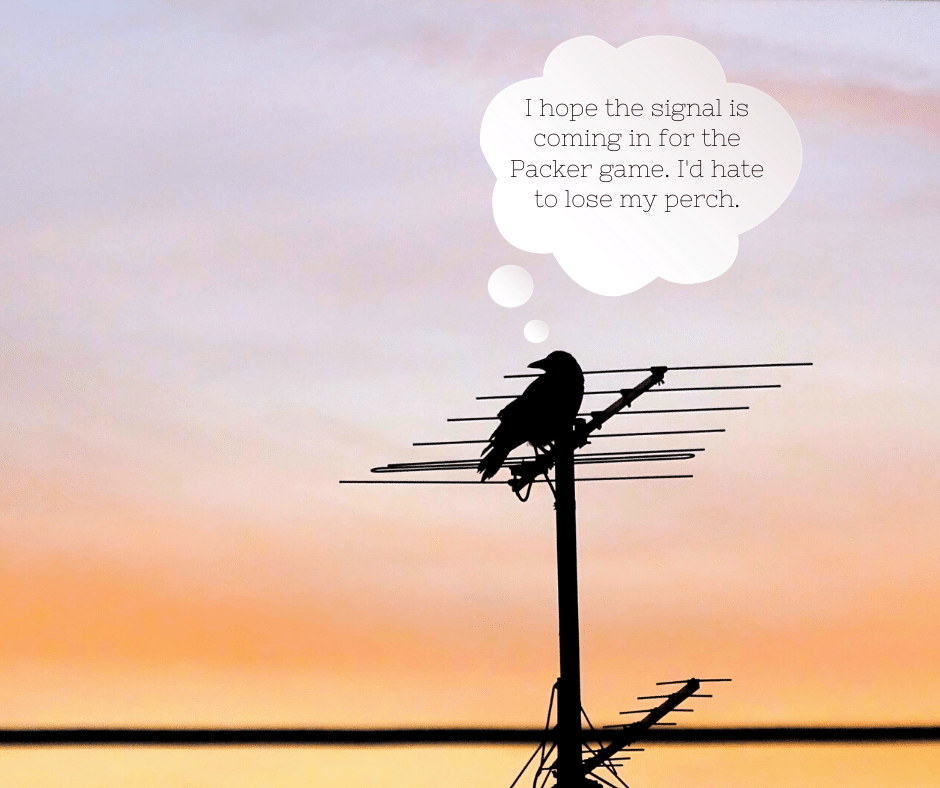This post was last updated on August 22nd, 2023 at 07:35 am
Cord-cutting makes great financial sense but can be a painful sacrifice for sports fans, who are used to receiving a large collection of sports channels through satellite or cable TV services. But you might be surprised at how easy it is to follow your favorite teams, especially if they’re local, by relying on good ol’ broadcast TV and radio.
Plus, you can save hundreds of dollars each year. Here’s how to do it:
Install an antenna
If you live in an urban area near TV towers, you might be able to use an indoor antennae and pick up all the major networks. If you’re farther from the towers but still within 50 miles, an outdoor antenna is probably your best bet. An outdoor setup is a little more complicated but doable for the average DIYer.
With an outdoor antenna, research at antennaweb.org (or a similar site) to figure out how many stations you could receive with an antenna. It will also show you which direction to point your antenna to get these stations. If you’re having trouble picking up stations, troubleshoot your antenna’s position before considering other possible problems.
If you’re still having trouble getting reception, your setup might need a signal amplifier. I had nearly 60-feet of coax cable running from our outdoor antenna to our TV and couldn’t pick up several stations. Then I installed an amplifier between where the coax cable entered our home (about 15 feet from the antenna) and the TV (about 45 feet). This gave me several stations I couldn’t get without the amplifier. The closer you can get the amplifier to the antennae the better. Keep in mind, however, an amplifier won’t allow you to get a nonexistent or weak signal. Its purpose is to compensate for signal loss created from either splitting the coax cable or using a long cable run.
(Finally, don’t forget to properly ground your antenna and make sure to follow any local codes.)
The antenna should allow you to watch your favorite regional NFL team and watch championship games, such as the World Series and Super Bowl. It probably won’t give you access to many regular NBA or MLB games.
Embrace radio
To follow regular season games, you’ll likely want a radio.
Radio is an underappreciated medium, in my opinion. It beats TV because you can listen while doing other work, making it an ideal frugalmatic device. I intentionally schedule some of the most arduous household chores or projects around Milwaukee Brewers, Milwaukee Bucks, and Green Bay Packer games. Take cleaning our grill, for example. I usually hate cleaning the grill. But if I can do it during a Brewer game, that grill becomes the shiniest grill on the block, even the inside! Virtually any task around the house becomes easier with a game on.
My one word of caution is that I have been known to forget what I’m doing in the midst of an exciting contest. If your job requires high levels of concentration, you might want to turn off the game for a little bit.
I recommend buying a portable, battery-powered radio so you can carry it around the house or bring it outside and not have to bother with an electrical outlet. Also, consider having a back-up. I once broke a radio by resting it on the bumper of our mini-van, only to drive away in that mini-van several hours later. Bye-bye radio. I bought a new one and quickly found a way to break the antenna, which I replaced with some picture-hanging wire!

TV streaming for the playoffs
Of course, sometimes you need to focus on just the game, especially at playoff time. Once the playoffs start, the stakes get higher, and that’s when I like to watch the big plays and controversial calls. For the playoffs, I subscribe to a live TV streaming service, such as Sling TV. I prefer internet TV services because their subscriptions are easy to both start and cancel. You can order Sling for just a month or two.
By cutting the cable/satellite cord, relying on radio for many games and subscribing to Sling during the playoffs, I’ve reduced our annual TV bill to between $20 and $40, depending how many local teams reach the playoffs and trigger a Sling subscription. That compares to annual cable or satellite bill of $250 to $1,000, depending on the service package.
With the radio/TV antenna method, you’ll lose some of the gratification that comes from watching sports, but the switch is worthwhile when considering that radio frees up your time to pursue activities besides consuming the game itself. It’s amazing how much you can get done around the house when swapping time spent watching a three-hour game on the couch for time spent listening to a game on the radio while doing other things.
Post a comment below about how you follow sports without paying a cable or TV bill. Share with us your setup.


